解説 / Description
ゼブラオトシンは、ペルーのアマゾン川上流域にのみ生息する、ロリカリア科の小型ナマズです。その名の通り、白と黒の美しい縞模様が最大の特徴で、オトシンクルスの仲間の中でも特に高い人気を誇ります。しかし、その人気が原因で野生での乱獲が進み、IUCN(国際自然保護連合)によって絶滅危惧種(Endangered)に指定されています。飼育下では、水質の急変に非常に弱く、特に輸入直後の個体は餓死しやすいため、飼育には細心の注意が必要です。水槽内のコケやバイオフィルムを主食とするため、十分に成熟した水槽環境が不可欠な、上級者向けの種と言えます。 The Zebra Otocinclus is a small catfish of the Loricariidae family, native exclusively to the upper Amazon basin in Peru. As its name suggests, its most prominent feature is a beautiful black and white striped pattern, making it one of the most popular species among Otocinclus enthusiasts. However, this popularity has led to over-collection in the wild, and it is now listed as Endangered by the IUCN. In captivity, it is extremely sensitive to sudden changes in water quality, and newly imported individuals are particularly prone to starvation. A well-established aquarium environment is essential as its primary diet consists of algae and biofilm, making it a species suitable for advanced aquarists.
基本情報 / Basic Information
| 学名 / Scientific Name | Otocinclus cocama (Reis, 2004) |
|---|---|
| 通称 / Common Name | ゼブラオトシン, ニューゼブラオトシン, リアルゼブラオトシンZebra Oto, Tiger Oto |
| 分類 / Family | ロリカリア科 (Loricariidae)Loricariidae |
| 英名 / English Name | Zebra Oto |
| 分布 / Distribution | ペルー(ウカヤリ川、マラニョン川流域)Peru (Ucayali and Marañón river basins) |
| 最大体長 / Max Size | 約4.5cmApprox. 4.5 cm |
| 寿命 / Lifespan | 3年以上3+ years |
飼育環境 / Aquarium Environment
| 水槽サイズ / Tank Size | 60cm規格水槽(約60L)以上を推奨。群れで飼育するため、ある程度の広さが必要です。水槽は新規セットアップを避け、コケやバイオフィルムが豊富な十分に成熟した環境を用意します。A standard 60cm tank (approx. 60L) or larger is recommended. A certain amount of space is necessary as they should be kept in groups. Avoid newly set up tanks; provide a well-established environment rich in algae and biofilm. |
|---|---|
| 水温 / Temperature | 22℃〜25℃ |
| 水質 / Water Quality | 弱酸性〜中性 (pH 6.0-7.2)、軟水。水質の急変に非常に弱いため、安定した環境維持が最重要です。Slightly acidic to neutral (pH 6.0-7.2), soft water. Extremely sensitive to sudden water quality changes, so maintaining a stable environment is paramount. |
| レイアウト / Layout | 流木や水草、滑らかな石を多めに配置し、コケが付着する表面積を増やします。繊細な体を傷つけないよう、底砂は粒の細かい砂が適しています。Arrange plenty of driftwood, aquatic plants, and smooth stones to increase the surface area for algae growth. Fine sand is suitable as a substrate to avoid injuring their delicate bodies. |
| 注意点 / Precautions | 【絶滅危惧種】本種は乱獲により絶滅の危機に瀕しています。飼育する際はその責任を自覚し、終生飼育を心がける必要があります。導入初期の死亡率が非常に高いため、慎重な水合わせと、コケが豊富な検疫水槽でのリハビリが成功の鍵です。[Endangered Species] This species is at risk of extinction due to over-collection. When keeping them, one must be aware of this responsibility and commit to their lifelong care. The mortality rate is very high upon introduction, so careful acclimation and rehabilitation in a quarantine tank with abundant algae are key to success. |
餌と給餌 / Feeding
| 餌の種類 / Diet | 草食性。水槽内の柔らかいコケやバイオフィルム(微生物の膜)を主食とします。コケが不足すると餓死するため、高品質なアルジーウェハーやスピルリナタブレット、茹でた野菜(ズッキーニなど)を必ず与えてください。Herbivorous. Its main diet consists of soft algae and biofilm in the aquarium. Starvation will occur if algae is insufficient, so it is essential to provide high-quality algae wafers, spirulina tablets, and blanched vegetables (e.g., zucchini). |
|---|---|
| 給餌のポイント / Feeding Tips | 常に何かを食べている状態が理想です。健康な個体は腹部が白く丸みを帯びています。腹部が凹んでいるのは餓死の危険信号です。清掃の行き届いた綺麗な水槽での飼育は困難です。The ideal state is for them to be constantly grazing. A healthy individual has a white, rounded belly. A sunken belly is a dangerous sign of starvation. Keeping them in a spotlessly clean tank is difficult. |
性格と混泳 / Temperament and Tank Mates
| 性格 / Temperament | 非常に温和で、他の魚を攻撃することはありません。臆病な面があるため、最低でも6匹以上の群れで飼育すると落ち着きます。Extremely peaceful and will not attack other fish. They can be shy, so keeping them in a group of at least six individuals helps them feel secure. |
|---|---|
| 混泳の相性 / Compatibility | 小型テトラ、ラスボラ、コリドラスなど、同じく小型で温和な魚との混泳に適しています。エビや貝との混泳も可能です。攻撃的な魚や、活発すぎる魚との混泳は避けてください。Suitable for community tanks with other small, peaceful fish such as small tetras, rasboras, and Corydoras. It can also be kept with shrimp and snails. Avoid aggressive or overly active fish. |
病気と対策 / Diseases and Prevention
| かかりやすい病気 / Common Diseases | 最大の死因は餓死です。水質の悪化やストレスで細菌感染症にかかることがあります。ナマズの仲間は魚病薬、特に銅を含むものに弱いので注意が必要です。The leading cause of death is starvation. They can be susceptible to bacterial infections due to poor water quality or stress. Catfish are sensitive to medications, especially those containing copper, so caution is advised. |
|---|---|
| 対策と予防 / Prevention | 安定した水質と、絶え間ない食料供給が最良の予防策です。導入時の慎重な水合わせと、コケが豊富な環境での初期飼育が生存率を大きく左右します。Stable water quality and a constant food supply are the best preventative measures. Careful acclimation upon introduction and initial care in an algae-rich environment significantly impact survival rates. |
増やし方(繁殖) / Breeding
| 繁殖形態 / Reproduction | 卵生。水草の葉の裏や水槽のガラス面に粘着性の卵を産み付けます。Egg-layer. It lays adhesive eggs on the undersides of plant leaves or on the aquarium glass. |
|---|---|
| 繁殖のポイント / Breeding Tips | 飼育下での繁殖は極めて困難とされています。成功例はありますが、非常に軟質で酸性の水を必要とするなど、特定の条件が必要です。稚魚は極めて小さく、初期飼料としてインフゾリアやバイオフィルムが不可欠です。Breeding in captivity is considered extremely difficult. While there have been successful reports, it requires specific conditions, such as very soft, acidic water. The fry are exceptionally small and require infusoria and biofilm as their initial food source. |
特徴的な行動と豆知識 / Behavior and Fun Facts
| 特徴 / Characteristics |
【日本市場における呼称の問題点】国外では本種は一括して「ゼブラオトシン」と呼ばれますが、日本の市場ではバンド模様の個体差によって「リアルゼブラ」と「ニューゼブラ」という呼称で区別されるという、特有の問題があります。一般的に、バンドが太く明瞭な個体が「リアル」と呼ばれます。しかし、学術的にはこれらはすべて同種(*O. cocama*)内の個体変異とされています。重要な点として、このバンド模様は必ずしも遺伝するわけではなく、「リアル」個体から生まれた子が「ニュー」のような細かい模様を持つこともあり、この呼称が血統や系統を示すものではないことを理解する必要があります。 【Wの目印】尾ビレには、本種を識別する上で重要な「W」字型の黒い模様があります。 【アクアリストの責任】本種は絶滅危惧種です。飼育することは、その種の存続に間接的に関わることであり、一匹一匹を大切に終生飼育する責任が伴います。 【Japanese Market Naming Issues】While this species is collectively known as the “Zebra Oto” internationally, a unique issue exists in the Japanese market where individuals are distinguished as “Real Zebra” and “New Zebra” based on pattern variations. Typically, those with thick, distinct bands are called “Real.” However, scientifically, these are all considered variations within the same species (*O. cocama*). It is crucial to understand that this banding pattern is not necessarily hereditary; offspring from “Real” parents may exhibit finer patterns like those of the “New” type, meaning these names do not indicate a specific lineage. 【The ‘W’ Mark】A key identifying feature is the distinct ‘W’-shaped black marking on its tail fin. 【Aquarist’s Responsibility】This is an endangered species. Keeping it means being indirectly involved in its species’ survival, and it comes with the responsibility to care for each individual for its entire life. |
|---|
まとめ / Conclusion
ゼブラオトシンは、その美しさでアクアリストを魅了しますが、その背景には絶滅の危機という厳しい現実があります。飼育は単なる趣味を超え、一つの種の未来に関わる責任ある行動です。 The Zebra Otocinclus captivates aquarists with its beauty, but behind this lies the harsh reality of its endangered status. Keeping this fish is more than a hobby; it is a responsible act that concerns the future of a species.
彼らの繊細な性質を理解し、コケと隠れ家に満ちた安定した環境を提供できる、献身的な飼育者にとってのみ、この小さなナマズはその真の輝きを見せてくれるでしょう。Only for the dedicated aquarist who understands their delicate nature and can provide a stable environment full of algae and hiding places will this little catfish reveal its true brilliance.
▶ 記事の生体をAMAZONで買う ▶ 記事の生体をYahooで買う

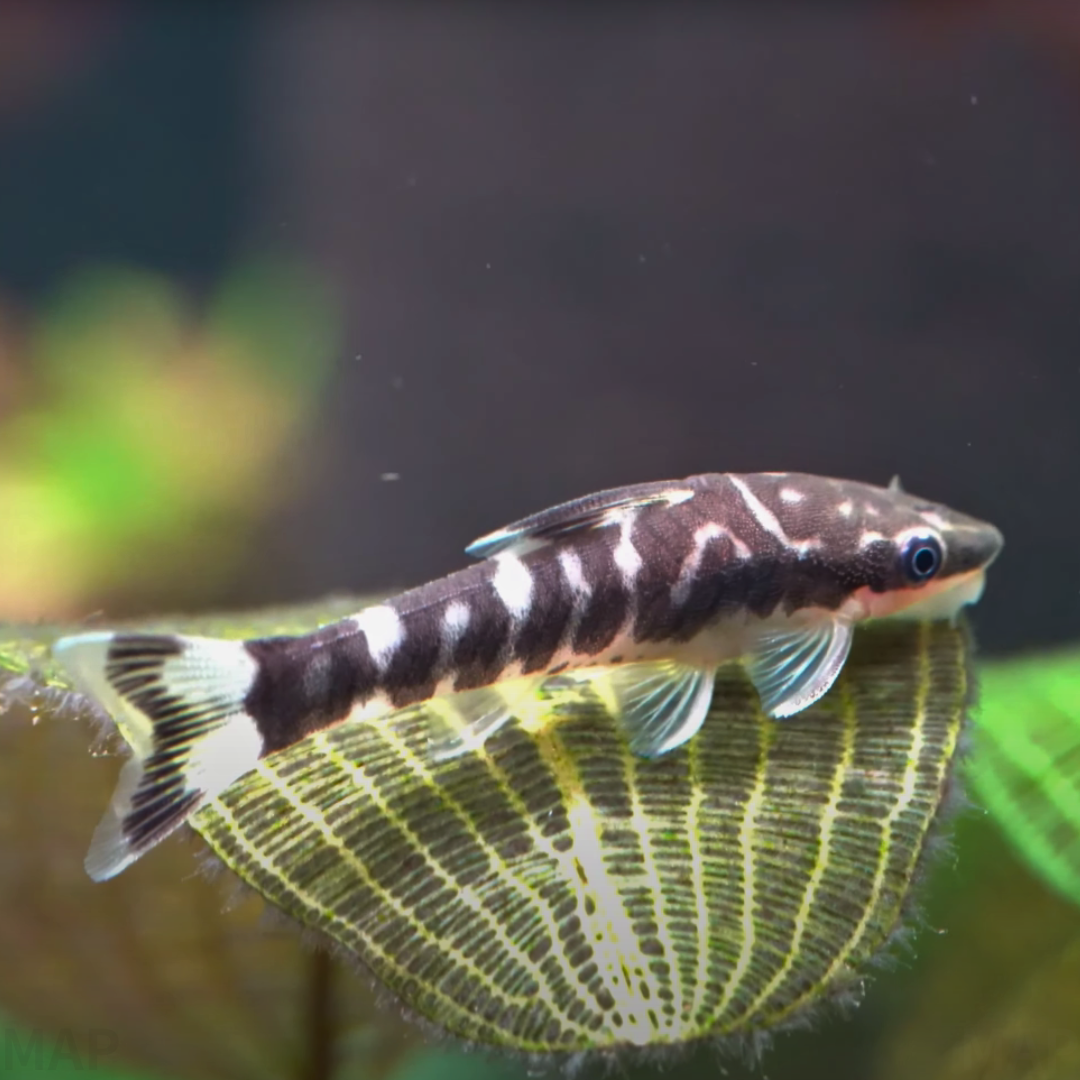





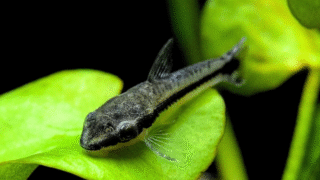
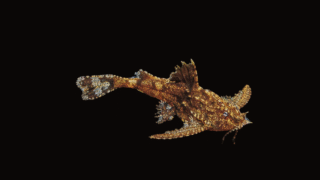
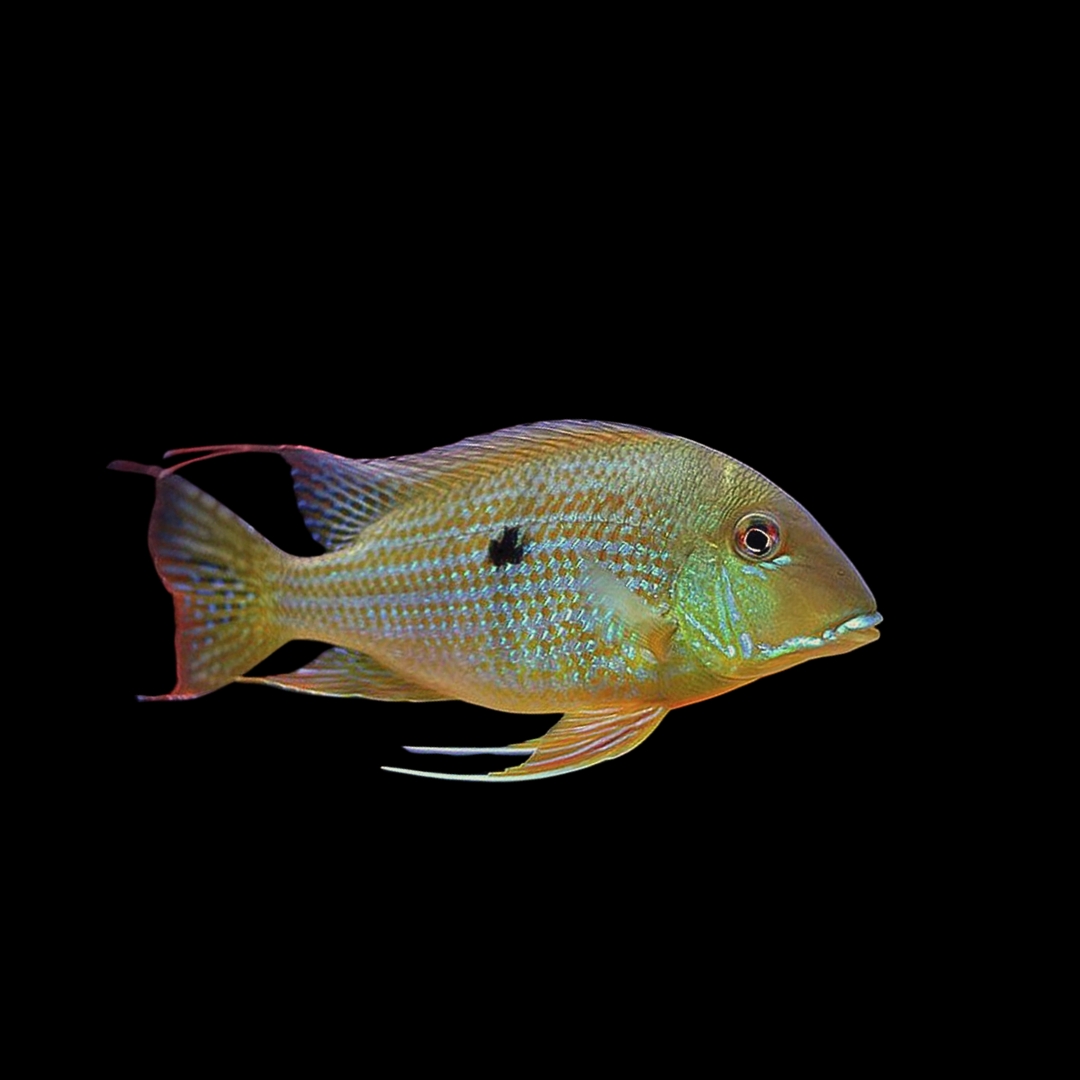
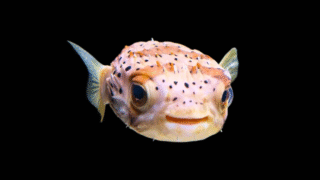
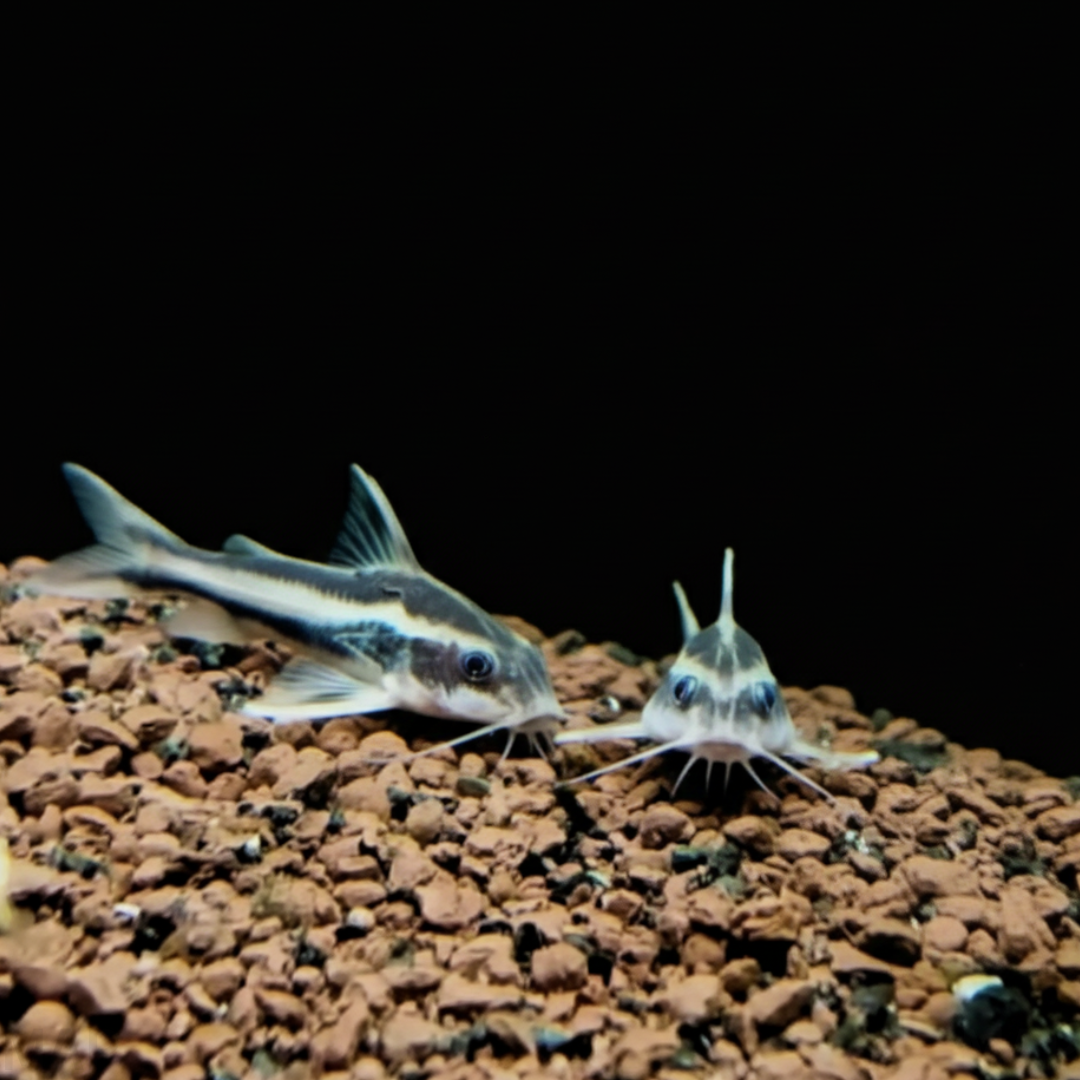
コメント